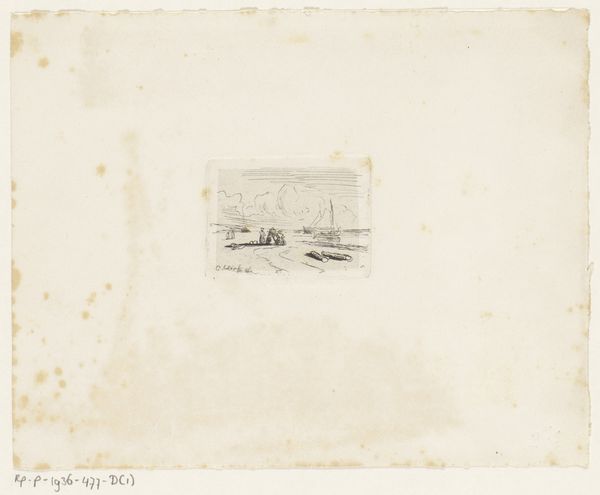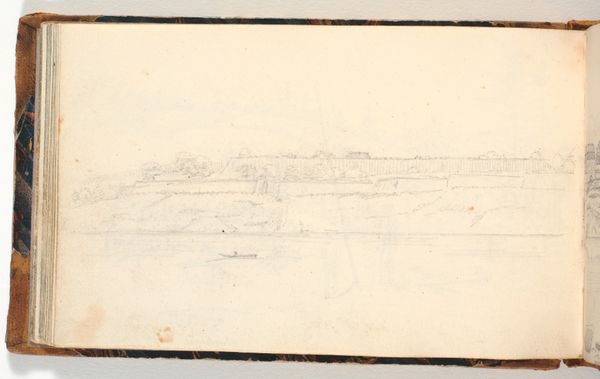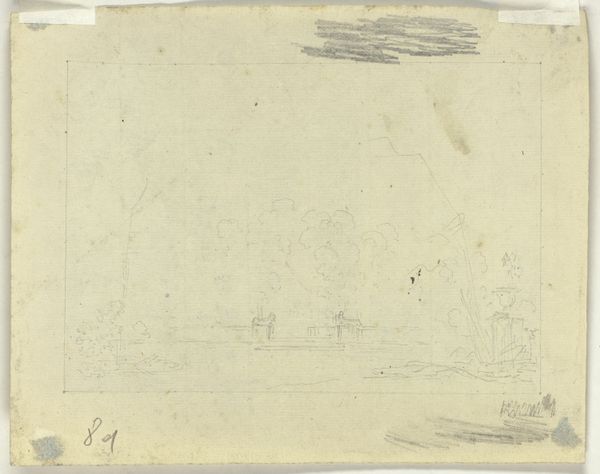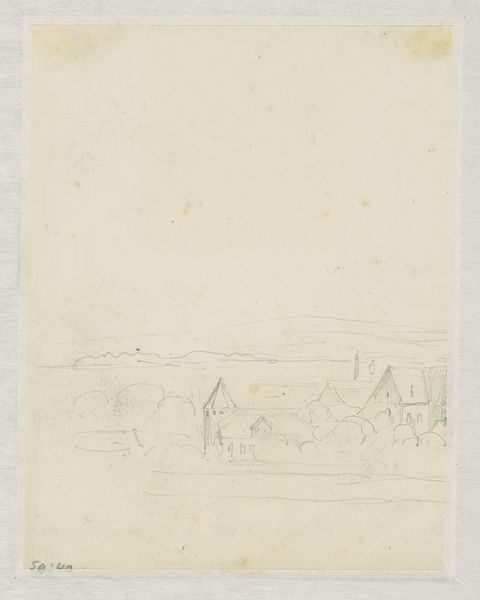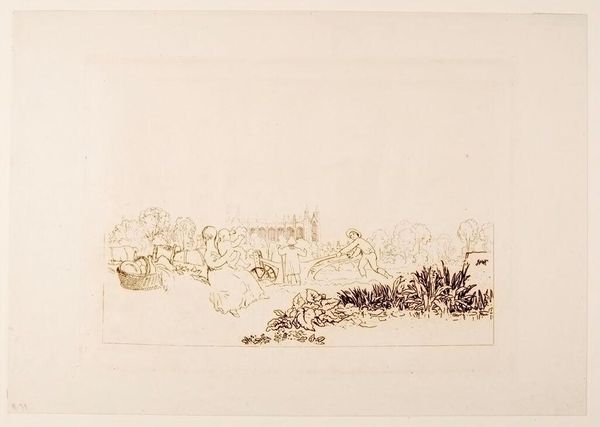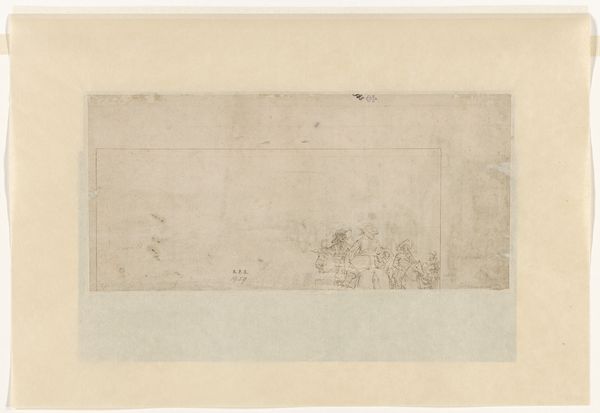
The Bridge, from Some Aspects of Paris Life 1896 - 1897
0:00
0:00
Dimensions: 270 × 410 mm (image); 403 × 526 mm (sheet)
Copyright: Public Domain
Editor: Here we have Pierre Bonnard's "The Bridge, from Some Aspects of Paris Life," made between 1896 and 1897. It's a lithograph printed on paper. The whole thing has a kind of dreamlike quality. Almost like a memory fading into the mist. What catches your eye about it? Art Historian: Oh, I adore Bonnard! That dreamy haze... you've nailed it! To me, it's like glimpsing a stolen moment, a half-remembered whisper from a Parisian afternoon. Notice how he uses lithography almost like charcoal. It’s sketchy, incomplete. Like trying to grasp smoke. It begs the question: is he depicting the bridge or, rather, the sensation of being there, crossing it? Editor: That's interesting. I was so focused on trying to decipher the scene that I hadn't really thought about it being more about feeling. But how do you know it’s meant to be that way and not just… unfinished? Art Historian: Ah, the beautiful ambiguity of art! He wasn't just any Impressionist, rushing to capture fleeting light. Bonnard and his fellow artists in Les Nabis were interested in synthesising what they saw with what they felt. They valued suggestion over strict representation. What feeling does the color palette evoke for you? Does it seem celebratory or more solemn? Editor: I guess more solemn. Sort of subdued, but warm. It almost makes you feel like it’s further in the past than it is, but at the same time is universal. So it’s more about conveying something deeper than just documenting Paris? Art Historian: Exactly! It transcends the literal, transporting us to that in-between place where reality and imagination blur. It’s that very ephemeral quality that makes it, to me, eternally captivating. Bonnard seems to be less invested in the ‘what’ and obsessed with the ‘how.’ Editor: I’ll have to remember that: less the “what”, and more the “how”! Thanks for pointing that out; it’s given me a new appreciation for Bonnard's way of working.
Comments
No comments
Be the first to comment and join the conversation on the ultimate creative platform.



